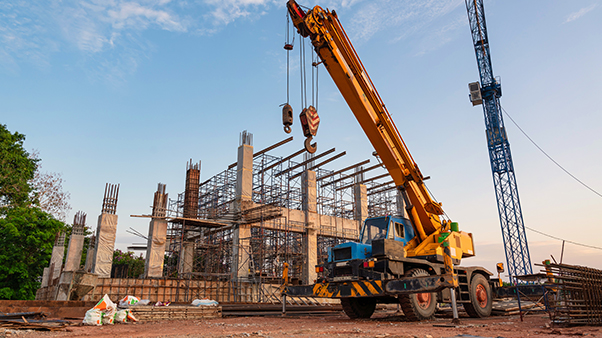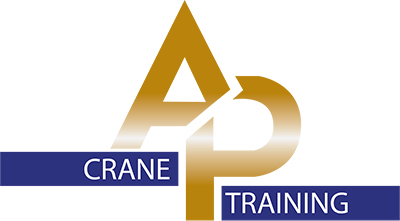
Any person engaged in a construction activity who is operating a crane covered by the new cranes and derricks rule, except side boom cranes. Mobile crane equipment with a rated hoisting/lifting capacity of 2,000 pounds or less.
Mobile crane operators must meet the criteria for minimum expertise described in the applicable section in subpart CC. Operators using digger derrick to auger holes for poles carrying electric or telecommunication lines, place or remove the poles, or handle associated materials to be installed on or removed from the poles are exempted from the standard.
Mobile Crane Operator Certification And Qualification
Mobile Crane Operator Certification Preparatory Information Outline
Mobile crane operator certification and qualification requirements of subpart CC – Cranes and Derricks in Construction, as specified in 29 CFR 1926.1427. Evaluation and Documentation Requirements for Mobile Crane Operator Certification will become Effective Feb 07, 2019.
Mobile crane operator certification has two parts:
- 1. A written examination that includes the safe operating procedures for the particular type of equipment the applicant will be operating and a technical understanding of the subject matter criteria required in 1926.1427(j).
- 2. A practical exam showing the applicant has the skills needed to safely operate the equipment, including, among other skills, the ability to properly use load chart information and recognize items required in the shift inspection. With respect to certification from an accredited testing organization, an operator must be certified for the type and capacity of the crane he or she is going to operate. Each accredited testing organization develops its own categories for crane type and capacity.
- How to get certified to operate mobile cranes. There are 4 ways that an equipment operator can be qualified or certified and meet OSHA requirements.
- 1. A certificate from an accredited crane operator testing organization.
- 2. Qualification from the employer through an audited employer program.
- 3. Qualification by the US Military (only applies to employees of the Department of Defense or Armed Forces and does not include private contractors)
- 4. *Licensing by a state or local government (if that licensing meets the minimum requirements set forth by OSHA)
- *When a state or local government requires a crane operator license, the crane operator must be licensed accordingly to meet OSHA requirements. Accredited crane operator testing organization. The testing organization must be accredited by a nationally recognized accrediting agency and test according to the criteria listed in §§ 1926.1427(j)(1) and (j)(2). This certification is portable from employer to employer. The testing organization must have its accreditation reviewed every 3 years. The certificate must note the type and capacity of equipment for which the operator is tested and certified. The certificate is valid for 5 years.
- Audited employer programAn employer may provide a crane operator testing program under the oversight of an independent auditor. An accredited crane operator testing organization must certify the auditor to evaluate the administration of written and practical tests. The auditor must conduct audits of the employer’s program according to nationally recognized auditing standards. Crane operator qualification under an employer program is only valid while the operator is an employee of the employer and operating a crane for the employer. The qualification is valid for up to 5 years.
U.S. Military. This qualification applies only to civilian employees of the Department of Defense or Armed Services and is not portable. This qualification does not include employees of private contractors.
Licensing by a government entity. This license is obtained from a government entity, such as a city or state that has a required certification program. When this license meets the minimum requirements of 1926.1427(e)(2) and (j), OSHA requires a crane operator to have this license when operating in the applicable city, county, or state. This license is not portable outside the boundaries of the government entity that issues the license and is valid for a maximum of 5 years.
Site Evaluation And Crane Setup - Load Charts
- Using/Interpreting capacity charts
- Arithmetic skills without the use of calculators
- Determining lifting capacity, including:
- Configuration of crane mounting
- Areas of operation for different types of mobile cranes
- Boom length and boom angle
- Load radius
- Gross capacity and net capacity
- Capacity deductions
- parts of line
- Conditions that reduce capacities include:
- Crane not to specification
- Crane condition
- Crane level
- Wind
- Side Loading
- Increase in load radius
- Dynamic loading
- Shock loading
- Eccentric reeving
- Duty cycle operations
- Technical Information
- Crane inspection procedures
- Crane components include the following:
- Engine, air, electrical and hydraulic systems
- Chassis and running gear components
- Outriggers and counterweights
- Boom components
- Hoisting systems
- Operating controls
- Operational aids
- Basic load rigging procedures
- Knowledge of sling and hardware capacity
- Impact of deformities in slings and hardware
- Crane inspection procedures
- Crane Operation
- How to enter and exit the cab of the crane in a safe manner
- Procedures for setup and usage of operational aids
- Hand signals or voice signals used to direct the crane operator
- Handling loads out of the operator’s site (operating in the blind)
- How to handle loads submerged in water
- How to move loads from an elevated position
- Duty cycle considerations (i.e., steel erection, concrete bucket operations)
- Traveling the crane
- Heavy lift operations, procedures, and types of heavy lift attachments
- Attachments for luffing jibs
- Hoisting procedures and personnel hoisting equipment
- Procedures for securing the crane under standard and emergency conditions
- Roles and responsibilities of all persons involved with the lift
- Factors that impact the lift such as tail swing, load path, and clearances
- Impact of various weather conditions
- How to deal with unstable ground and setup on soft surfaces
- Hazards such as overhead obstructions, power lines, and underground hazards
- Standards and guidelines regarding various risks and hazards
- ASME standards and OSHA regulation
- Requirements of crane setup such as radii, clearances, crane dimensions, and load dimensions
- Crane setup procedures such as the use of outriggers, lifting on rubber and leveling the crane
- Site requirements for blocking
